|
HTML Scrolling Menu Css3Menu.com
|
|
Art Book series

I have always had an especial interest in emblematic imagery. Of course, I have almost exhaustively explored alchemical emblems (though there are still items to discover even after all these years of research). This year I am exploring some emblem systems that run parallel to alchemy, and have sourced material in woodcuts and engravings to colour for my Art Book series.
This series of art books uses my coloured versions of series of emblematic engravings from the 15th to 18th centuries. Most of these are obscure and almost unknown. They deal with a variety of themes. I find that such artworks lie neglected and ignored in libraries, despite their invention, humour and virtuosic exploration of emblematic imagery. In general little text is included and the books are essentially books of artwork. This series of books will only engage a few people, who, like myself, take delight in this obscure emblematic material. I have researched and sourced these images then sensitively coloured these for issue in this series. The colouring makes them more approachable and readable by the modern eye.
I do not sell these directly. You buy them direct from the Amazon or Blurb who sends the copy to your address through a tracked delivery. The service is very rapid. Payment can be by credit card or Paypal. A preview of the contents can also be seen.
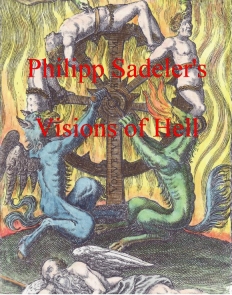
Art Book series No 1.
Philipp Sadeler's Visions of Hell.
A rather delightful series of emblems illustrating an early 17th century book about the torments of Hell.
Sadeler rescues the bleakness of the text with his engaging scenes of demons and humans.
Sadly, today, this is an almost unknown work by an obscure and unrecognised engraver.
 
|
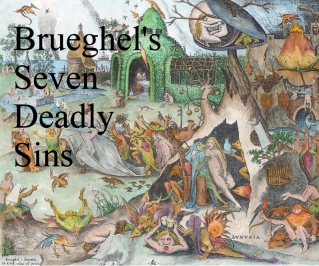
Art Book series No 2.
Brueghel's Seven Deadly Sins
Pieter Brueghel is well known as one of the greatest Netherlandish painters of the
Sixteenth Century. Best known for his wonderful witty paintings of people in landscapes,
he was also an accomplished creator of images to be issued as engravings. His series
on the Seven Deadly Sins of 1556-7 deserves to be better known. In this he looked back
to Hieronymus Bosch as inspiration for his visual language.
 
|
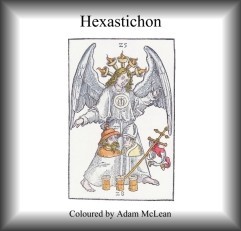
Art Book series No 3.
Hexastichon
The Hexastichon was a memory system created by Sebastian Brand in 1503,
involving sixteen figures which is supposed to help the reader to remember the events
in each chapter of the Four Gospels, of Matthew, Mark, Luke and John.
The woodcut images, to the modern mind, seem bizarre and inexplicable.
Sebastian Brant(1457 – 1521) is best known for his satirical work The Ship of Fools, 1494,
and his Hexastichon is now totally neglected and unknown.
 
|
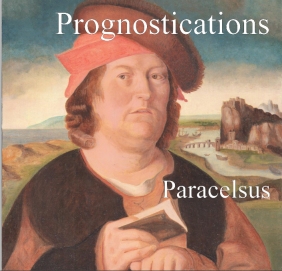
Art Book series No 4.
The Prognostications of Paracelsus
The sixteenth Century alchemist, philosopher and doctor, Paracelsus created a book in 1536
of prognostications, predictions of events for the following 30 years. This predated the
now more familiar prophecies of Nostradamus by nearly twenty years. Paracelsus' book
was illustrated with 31 images which relate to and amplify the obscure texts of the
prognostications.
 
|
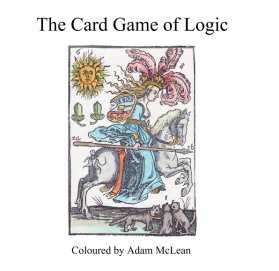
Art Book series No 5.
The Card Game Of Logic
In the first decade of the sixteenth century Thomas Murner created the first ever educational card game, the Card Game of Logic which was printed as woodcut illustrations in his book Logica Memorativa Chartiludium Logice, sive totius Dialectice memoria, Strasburg, 1509. This was essentially a set of cards each bearing emblems and symbols which acted as a memory aid, or a teaching tool for the standard system of medieval logic, codified by the thirteenth century writer Peter of Spain in his Tractatus.
Murner's book contains 51 woodcuts using the imagery of playing cards. It is not a conventional pack of cards as there are a number of different "suits" - those being Bells, Lobsters, Fish, Acorns, Scorpions, Crowns and Hearts.
 
|
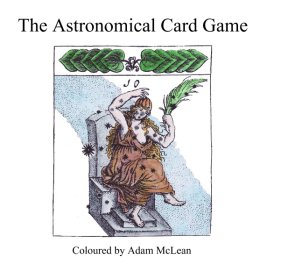
Art Book series No 6.
Astronomical Card Game
In 1656 Das Astronomische Kartenspiel, created by Georg Philipp Harsdörfer, containing a set of playing card designs based on the astronomical constellations, was published in Nürnberg. The 52 engravings were based on a well known earlier work, the Uranometria or star atlas by Johann Bayer published in Augsburg, Germany, in 1603.
The suits follow the convention used in German playing cards of that period, with Leaves, Bells, Acorns and Hearts. There are three court cards in each suit, the King, the Overknave which we now name as the Queen, and the Underknave or Jack.
 
|
|
|
|
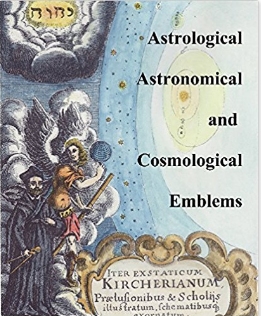
Astrological, Astronomical and Cosmological Emblems
A collection of woodcuts and engravings coloured by Adam McLean. These are drawn from many printed sources from the late 15th through to the 19th centuries. This book has 104 high quality images.
 
|
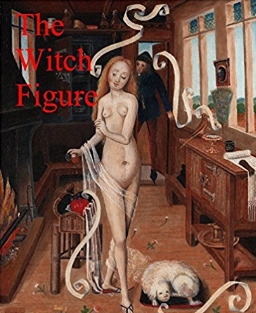
The Witch Figure.
This book arose out of the exhibition 'The Witch Figure' at the Weekend Gallery, May to June 2017. Its 65 coloured woodcuts and engravings document the emergence and evolution of the image of the witch in European printed books from the 15th to 18th centuries.
 
|
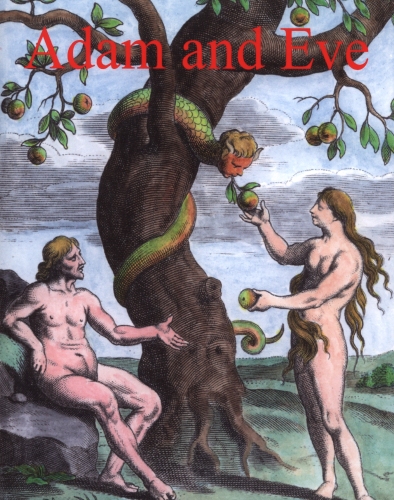
Adam and Eve
The rather engaging myth of the Temptation and Fall of man presented in the Bible, was often depicted in early manuscripts. With the emergence of woodcut illustration in the late 15th century and the development of copperplate engraving in the early 16th century, this pictorial theme became very popular with artists creating imagery, both for illustrations for printed books and as stand alone prints.

|
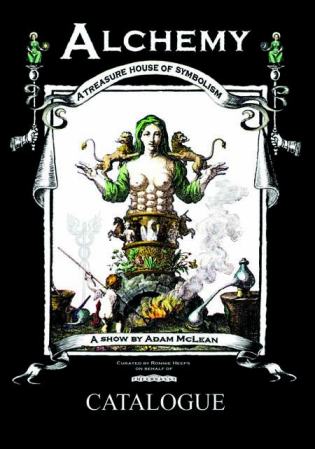
Alchemy - A Treasure House of Symbolism
This large format book was issued in connection with Adam McLean's exhibition at the Embassy Gallery during the Edinburgh Festival 2007. It provides an overview and survey of the symbolism, gathered under three headings - Alchemy of the Cosmos, Alchemy of the Soul and Alchemy of Matter. The book shows coloured versions by Adam McLean of many of the intriguing alchemical emblems, with descriptions and analysis of their place in the history of alchemical imagery. It thus provides a simple introduction to the use of emblematic imagery in alchemy.
This book was beautifully designed by the Glasgow artist, Ronnie Heeps, who also curated the exhibition.
Large format A4 paperback. 50 pages. 64 coloured images.

|
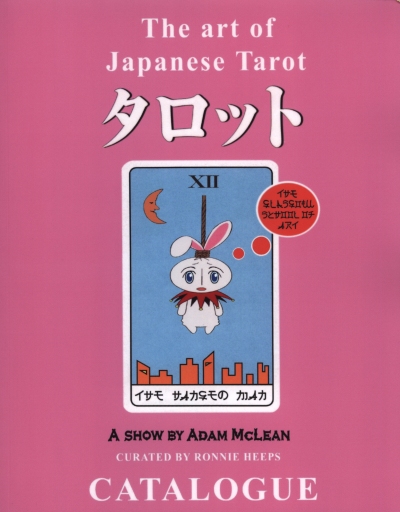
The Art of Japanese Tarot
This large format book was issued in connection with Adam McLean's exhibition at the Glasgow School of Art in April 2009. Curated by Ronnie Heeps and Adam McLean, this exhibition in the Rene Mackintosh Gallery was drawn from Adam McLean's collection of original cards, and it documents the evolution of tarot art in Japan, simultaneously opening a window into Japanese popular art and its contemporary culture.
Japan was first exposed to tarot card images in the 1970s and within a few years Japanese artists were producing tarot decks for their home market. In the last thirty years many hundreds of Japanese tarots have been created. Initially imitative of the familiar Western forms, Japanese versions quickly diversified as artists and graphic designers explored a variety of different styles. Tarot in Japan has interacted with manga, anime, the fantasy art of computer games, fashion and children's cartoon imagery. This unique amalgamation has resulted in some extremely creative and idiosyncratic explorations of tarot imagery.

|
|
|

